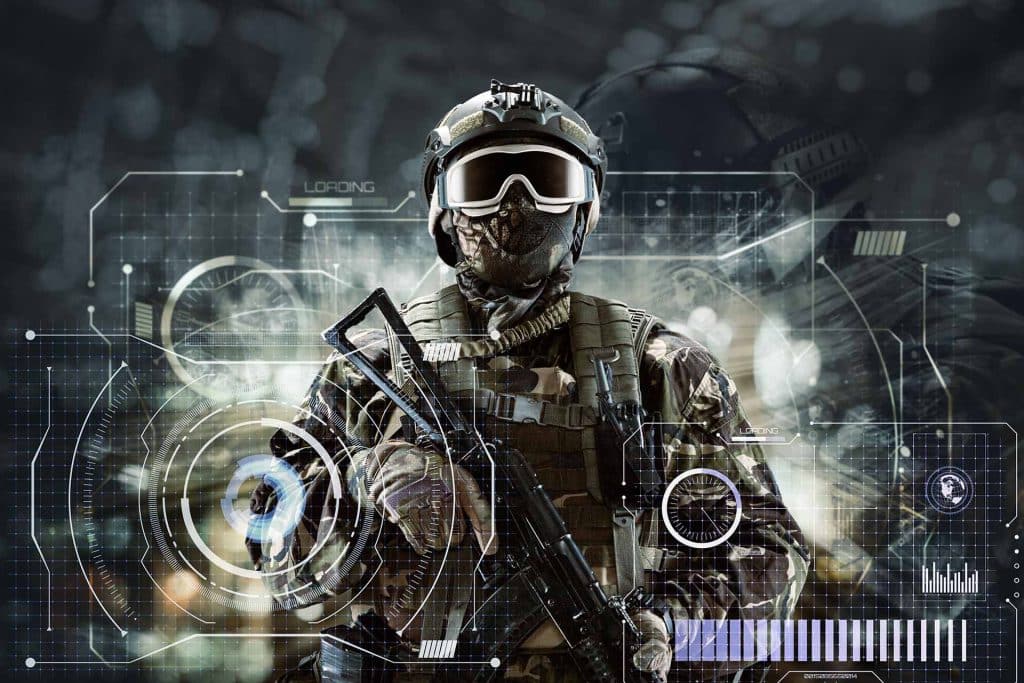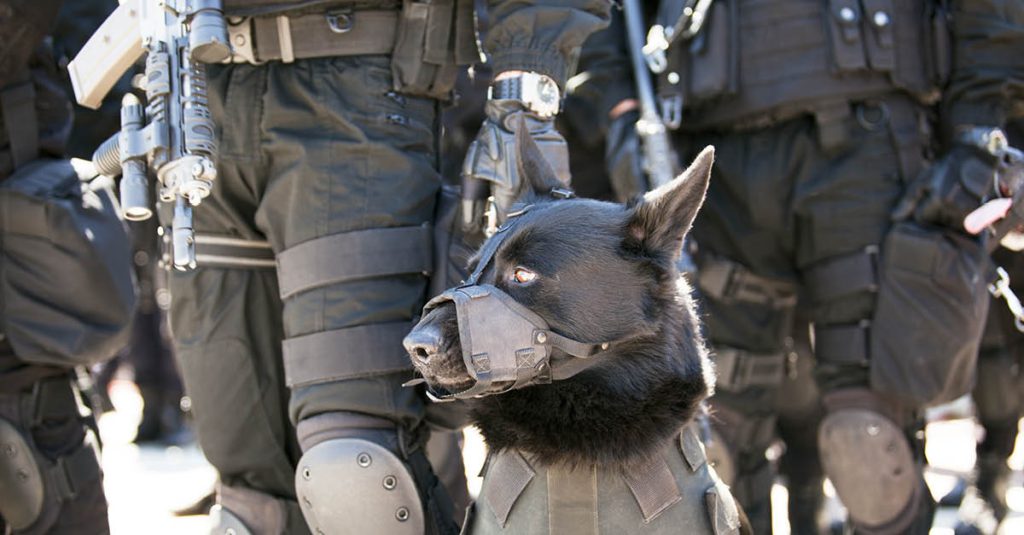Just a few years ago, this seemed like science fiction
In 2014, a sci-fi movie was released, titled “Edge of Tomorrow,” starring Tom Cruise as a US Army major with no prior combat experience. He finds himself amid a conflict with aliens that arrived to Germany via an asteroid and have conquered most of Europe. To defeat the invaders, the military forces in the movie use state-of-the-art weapons that were virtually unimaginable during filming.
“Edge of Tomorrow” is also the name of a program intended to enhance combat capabilities among the IDF’s Infantry Corps. These capabilities include lethality, situational awareness, survivability, stamina, cognitive load management, enemy exposure, performance analysis and simulation, and command & control, among others. Simply put, we are entering the era of the Future Soldier.
“‘Edge of Tomorrow’ is an innovative program that is unique thanks to our change in perspective,” Lt. Col. Shlomi Buskila, head of the LWSOF Branch in the DDR&D, said in a statement.
“The program aims to enable optimal operational value for the ground forces combat soldiers by strengthening the synergy between them and their team. The program incorporates a wide array of advanced technologies used by the soldiers and their teams, leading to a whole much greater than the sum of its parts.”
There are limitations to what a human body is capable of which is very evident on the battlefield. Soldier’s perception, hearing, and actions depend on their physical abilities. The goal of technology is to maximise and upgrade a combatant’s capabilities and leverage it to the maximum extent possible. Things that seemed science fiction only a few years ago are now becoming a reality. Next-generation combat field is here. The future soldier will resemble a highly skilled robot more closely than a flawed human. As detailed in a press release by the Israeli Ministry of Defense, the “Edge of Tomorrow” project integrates networked warfare technologies, including communications for soldiers and teams, and TORCH-X-based applications for squads and platoons. Among the various technologies are augmented reality goggles, a computerized assault rifle system, a digital head-mounted display system, hostile fire detection technology, a location-tracking system for use in locations without GPS, tactile sleeves for navigation and command transmission, and voice command (similar to those used on smartphones).
Israel is not alone in its military efforts. Globally, armies are developing leading-edge systems that will transform traditional soldiers into the soldiers of the future. US Army recently announced the Next Generation Squad Weapon, the XM5 rifle and the XM250 light machine gun will replace the M4/M16 rifle and the 249 light machine guns, with some Soldiers expected to receive the weapons by the fourth quarter of 2023. As technology improves firepower, the Soldier of the future will be considerably more lethal.
“We should know that this is the first time in our lifetime —the first time in 65 years that the Army will field a new weapon system of this nature, a rifle, an automatic rifle, a fire control system and a new caliber family of ammunition,” said Brig. Gen. Larry Burris, the Soldier Lethality Cross-Functional Team director. “This is revolutionary.”
Burris added to U.S Army Magazine: “This is a process driven by data and shaped by the user, the Soldier who will ultimately benefit on the battlefield…The Soldier has never seen this full suite of capabilities in one integrated system”.
In Britain, the BattleLab for defence technology officially opened. The new hub aims to spark innovation and push the boundaries of technology used by UK armed forces.
“The Army is undergoing it’s most radical transformation in more than 20 years to deliver Future Soldier, including spending more than £40bn in the next ten years”, said Deputy Chief of the General Staff Lt Gen Sir Chris Tickell KBE.
Defence Procurement Minister Jeremy Quin concluded: “As the pace of technological change continues to spiral, Defence must be forward leaning and innovative in its approach. Collaboration and innovation will be the catalysts to maintaining advantage over our adversaries”.
The future soldier is already here. This is no Tom Cruise movie. Today, militaries are preparing for tomorrow’s battlefield. Gradually, advanced technology will integrate into every aspect of future warfare. Armed forces will undergo radical transformations. The military is pushing the boundaries of what is possible in terms of technology in combat and operations. Perhaps this is the most significant development in militarism since the invention of gunpowder.






